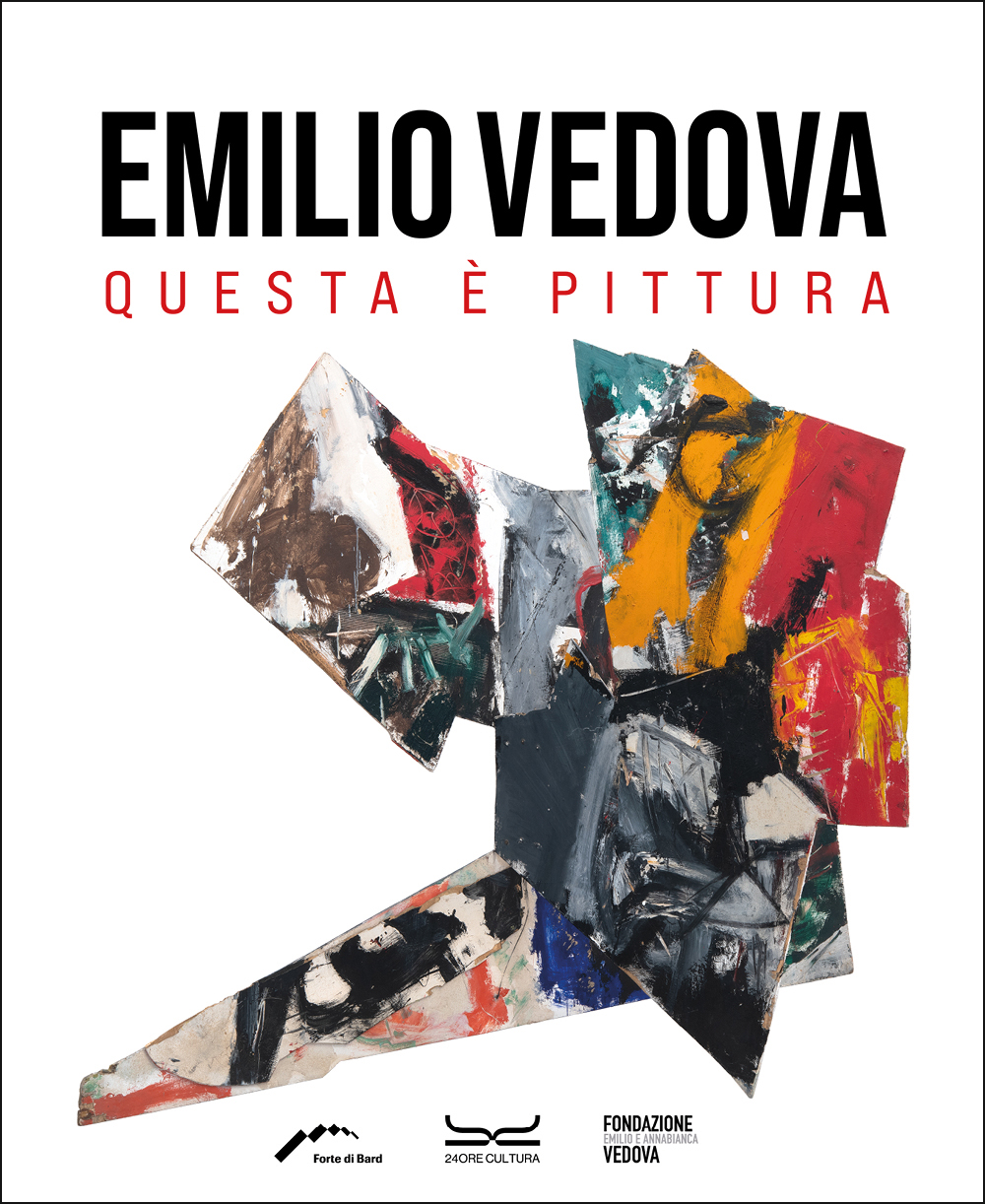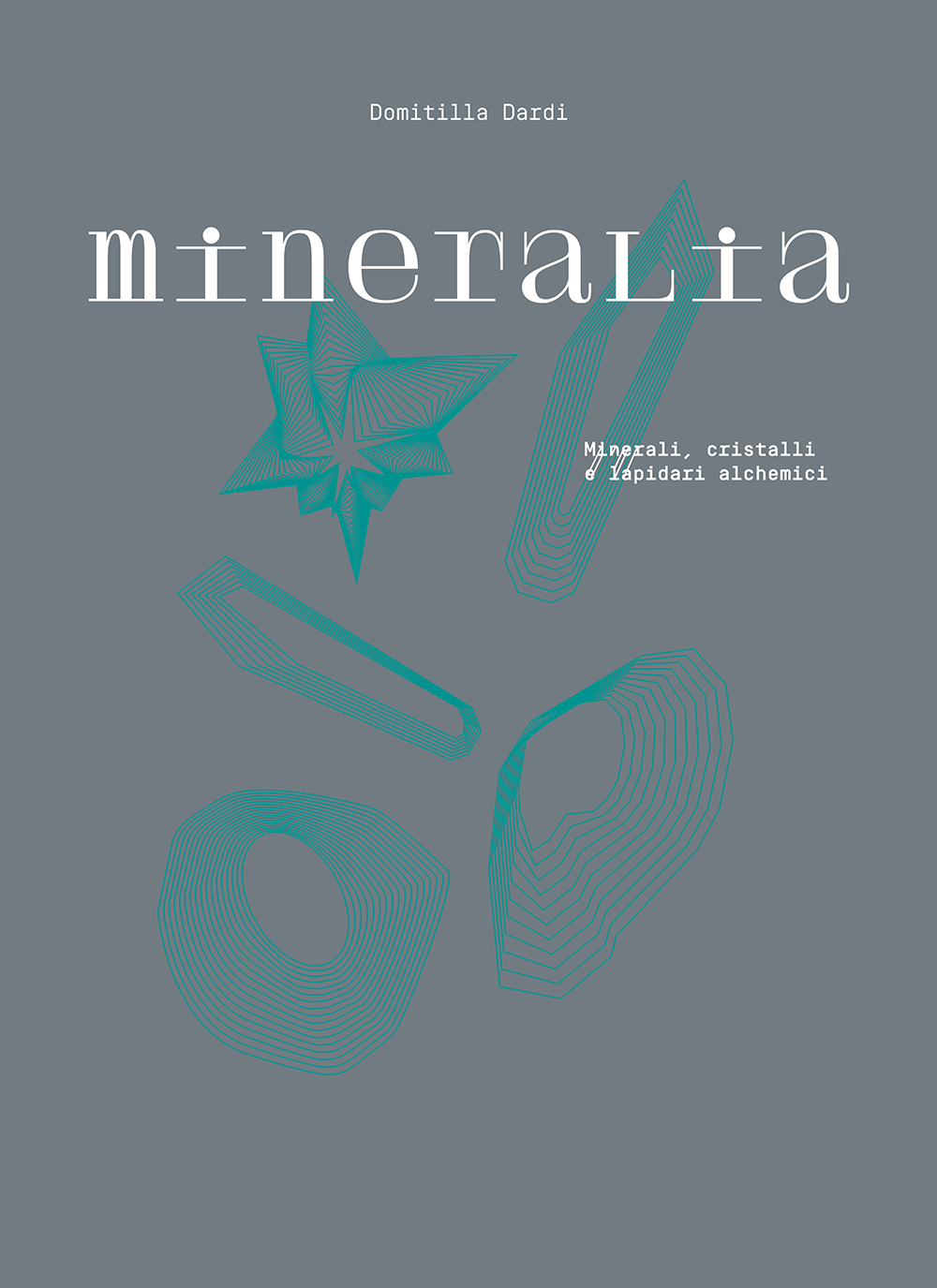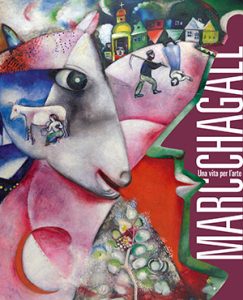The volume is published on the occasion of the exhibition “Marc Chagall” at the MUDEC – Museum of Cultures in Milan (March 10 – July 31, 2022)
This volume traces the extraordinary life of Marc Chagall, presenting with an extensive roundup of images his most important and significant works, which established him as one of the recognized masters of 20th century modern art, a delicate and dreamy poet of color.
Marc Chagall was born in 1887 in the village of Vitebsk, Belarus; in 1910 he moved to Paris, where he met the leading artists of the time, including Braque, Picasso, Robert Delaunay, and Léger. At the outbreak of World War I, Chagall returned to Vitebsk and later moved to Moscow in 1920, working on stage decorations and painting panels for the avant-garde Jewish theater.
As the political situation in the Soviet Union worsened, he left Moscow in 1923, returning to France, where he continued to work despite growing anti-Semitism. With Germany’s invasion of France in 1939 his situation became almost untenable: in May 1941 he left for the United States.
In 1946, a major retrospective at the Metropolitan Museum of Art in New York covered 40 years of his work, contributing greatly to his international notoriety. He returned to his beloved Paris in 1948, devoting himself to scenery and costumes for the ballet Daphne and Chloe for the Opéra, while his reputation continued to grow: his works were exhibited in galleries and museums around the world, including the Louvre and the Petit Palais in Paris. He died on March 28, 1985, in St. Paul de Vence, where he is buried.
BY
Elena Pontiggia – Lecturer at the Brera Academy, she has published several essays, including the Italian edition of the writings of Kandinsky, Marc, Klee, the biographies of Sironi (2015) and Martini (2017). With Modernity and Classicality (2008) he won the Carducci Prize.





